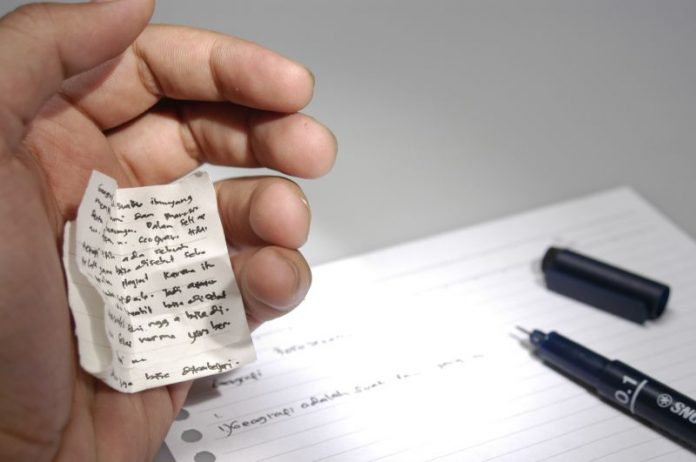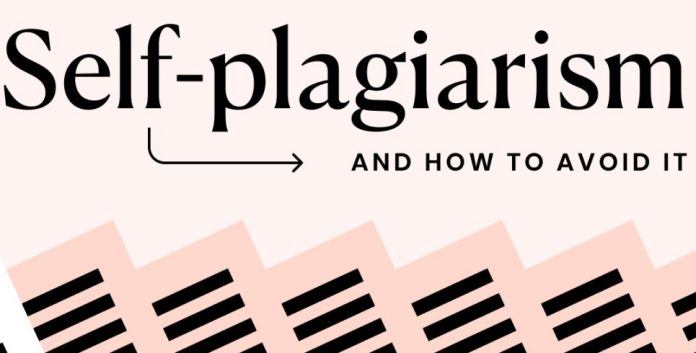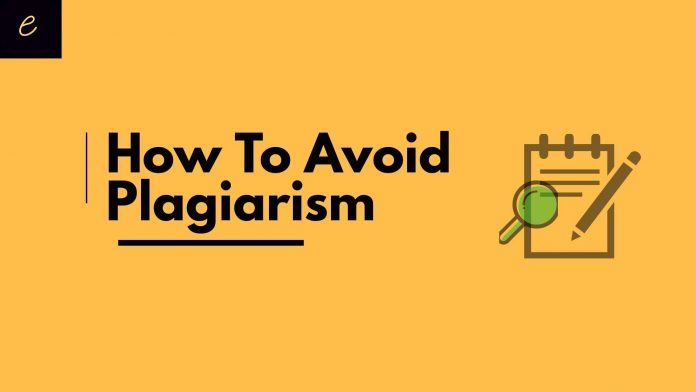As a first-year university undergraduate, it can be relatively easy to make the mistake of plagiarising, often completely unintentionally. The penalties for this are tough and can range from failing a paper or module, to being suspended from your university. But if you’re not completely clear on the different types of plagiarism, it’s quite easy to get caught out. So, we’ve put together this quick guide on the most common mistakes to help you be more confident of avoiding them.
What is plagiarism?

Plagiarism is defined as the act of taking another person’s work, ideas or words and presenting them as your own. It can occur in any profession or sector, but in scholarly research it involves presenting or referring to someone else’s work without acknowledging the author or original source.
When researching essays, dissertations, or theses, you run the risk of plagiarising, particularly when you find content that supports your argument. Without realising it, you can incorporate someone else’s claims, findings or ideas into your own work without referring to the paper or book they came from.
This form of scholarly misconduct isn’t only something that catches students out, it can also have major implications for more experienced academics, including article retractions, loss of authorial integrity, and reputational damage.
Types of plagiarism to watch out for
Plagiarism can take many forms, both unintentional and deliberate. Here are some of the most common types.
Intentional plagiarism (plagiarism with intent)

Among the most common, and serious, types of plagiarism is intentional or complete plagiarism. This is the practice of copying another person’s work, word-for-word, without citing it or putting it in quotation marks.
If a student is responsible for complete plagiarism, the penalty will usually be harsh, and it can result in expulsion from the university. Knowingly attempting to mislead the reader by passing off someone else’s work as your own is easy to detect and results in tough penalties.
Self-plagiarism

Students can sometimes be given an assignment related to an earlier piece of work they completed in a previous semester or on another course. Self-plagiarism occurs when substantial parts of a previous essay or dissertation are included in a new piece of work and resubmitted without acknowledgement, or the consent of the course tutor. Even though it’s your own material, you can’t use it twice without first consulting the lecturer or crediting yourself.
Mosaic plagiarism

Mosaic plagiarism, also known as patchwork plagiarism, requires more time and energy than intentional plagiarism. It involves looking across multiple sources, combining them, and then replacing words with synonyms or modifying sentences to create a ‘new’ piece of work.
The core tenets of the original texts are preserved in this type of plagiarism, and students make surface changes before passing them off as their own. So even if the student manages to effectively rephrase the work, it’s still considered plagiarism as they’re replicating a combination of other peoples’ ideas and presenting them as their own.
Accidental plagiarism

This occurs usually as a result of the student’s carelessness and is quite common. It includes failing to credit sources, getting the names of authors wrong, or unintentionally rewording extracts from the original text. Even if it isn’t deliberate, this type of plagiarism can still land you in hot water, so you need to be clear on how to correctly credit any source you use.
Inaccurate authorship
Students are often pressed for time when writing their papers, and a very common result of that is rushing in-text references and the bibliography before they submit their work. This can lead to authors of cited sources being missed out entirely, or the wrong authors being credited for a particular source. If for example, there are four authors of a paper or book and only one or two of them, this is a form of plagiarism.
Top tips to avoid plagiarising

To perform well in an assignment, you’ll need to thoroughly research a range of texts. And as a new undergraduate, no-one will expect you to consider a theory or conceive of original ideas on a subject, without reading a range of sources. However, if you use someone else’s work to inform and guide you, there are some basics to keep top of mind to avoid plagiarism.
Allow enough time to complete your assignment
The trap that many students fall in to is not allowing enough time to complete their assignment. This can easily result in intentional and unintentional plagiarism. When you’re planning your essay, remember that if you’re leaving referencing and bibliographies to the end, you’ll need more time. Dashing these off before you submit your paper will increase the chances of failing to acknowledge a source or misattributing it. It’s good to get into the habit of correctly citing your sources and building your bibliography while you write. There are several citation tools that can help you with this. But ultimately, allowing yourself enough time will dramatically reduce your chances of accidental plagiarism.
Always credit your sources
When you use an idea that’s not your own in your work, you must very clearly credit the source in the body of your text as well as including it in your bibliography – using the correct reference style which your tutor or lecturer will be able to advise you on.
There are hundreds of citation styles, with some of the most common including Harvard, APA and MLA, but you should always use the one that your university requires for in-text citations and bibliographies.
Quotation marks are your friends

ALWAYS use quotation marks when including direct excerpts from another source in your essay and remember to use these excerpts relatively sparingly – the calibre of your work will be judged on how well you incorporate these and examine them in the context of your own work. Double-check that you have copied the quote accurately and that you’re not mis-stating the author.
Paraphrase the original text
Rephrasing ideas from the texts you read is a good habit to get into as it reinforces your learning and helps you to use your sources to support your own work more effectively. After reading the original text a couple of times, jot down the main ideas in your own words. https://library.scholarcy.com/students can help you here, by taking your paper or book chapter and distilling it into easy-to-digest sections that give you a good overview of the text, with the key points highlighted.
Run your essay through a plagiarism checker
After you’ve finished drafting the paper, run it through some plagiarism detection software such as Turnitin, to make sure it’s free of unattributed text or ideas.









